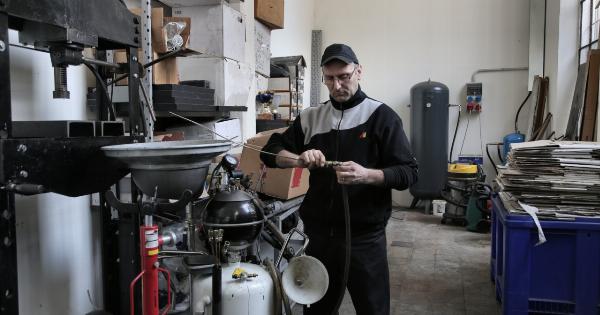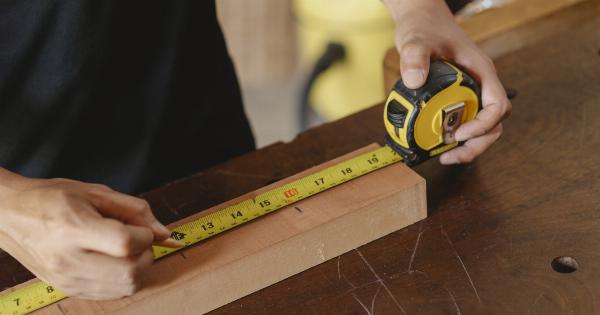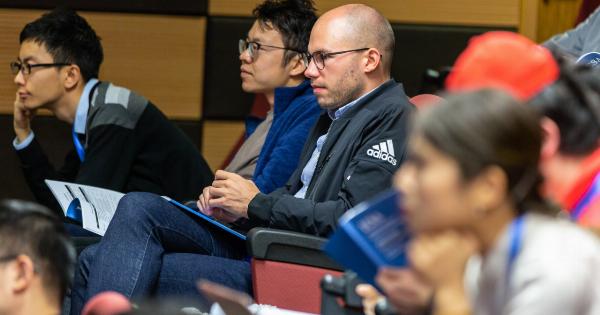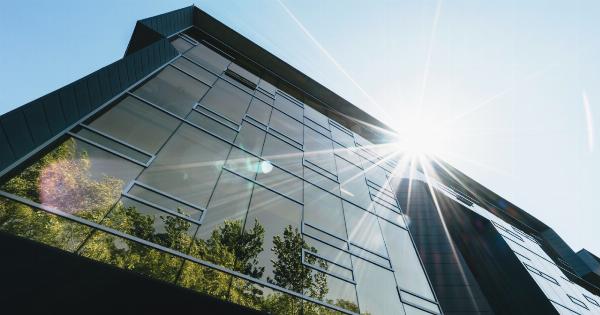Creating a productive and efficient work environment is crucial for businesses of all sizes. While there are many factors that contribute to workplace productivity, one underrated aspect is the overall aesthetics of the space.
Aesthetics play a significant role in influencing employees’ mood, morale, and motivation.
A Pleasant Environment Increases Employee Satisfaction
When employees feel comfortable and satisfied with their surroundings, their overall job satisfaction increases. Aesthetically pleasing office spaces with well-thought-out designs create a positive and pleasant work environment.
This, in turn, reduces stress levels and boosts employee morale.
Implementing aesthetic changes can involve simple alterations like adding plants, artwork, or natural lighting to the office.
These small design adjustments contribute to a more welcoming and soothing atmosphere, ultimately enhancing overall employee satisfaction.
Enhanced Focus and Concentration
The office environment heavily influences an employee’s ability to concentrate and stay focused. Excessive clutter, dull colors, and poor lighting can be detrimental to productivity.
Aesthetically pleasing workspaces promote improved focus and concentration.
By incorporating appropriate colors, such as cool blues and greens, employees experience less visual fatigue and strain. Additionally, natural light has been shown to have a positive impact on concentration levels.
Being exposed to natural light throughout the day helps regulate biological rhythms, leading to better focus and alertness.
Creative Thinking and Innovation
A well-designed office space can also inspire creativity and foster innovation. When employees are immersed in aesthetically pleasing surroundings, it stimulates their minds and encourages out-of-the-box thinking.
One way to promote creativity is through the use of strategic color choices. Vibrant colors, such as yellow and orange, are known to stimulate brain activity and spark creativity.
Additionally, providing comfortable and visually appealing breakout areas can offer employees a change of scenery, refreshing their minds and encouraging new ideas.
Improved Collaboration and Teamwork
Aesthetics play a crucial role in fostering collaboration and teamwork within the workplace. Open, well-designed spaces with comfortable furniture and visually appealing elements encourage communication and interaction among employees.
By creating attractive common areas, businesses can provide employees with dedicated spaces to brainstorm, collaborate, and exchange ideas. These areas act as catalysts for teamwork, enhancing communication and ultimately boosting productivity.
Reduction in Absenteeism and Employee Turnover
Well-thought-out aesthetic changes go beyond improving the physical environment; they also contribute to the overall well-being of employees.
By prioritizing aesthetics, businesses can create a more nurturing atmosphere that reduces stress and promotes a positive work-life balance.
Employees who feel valued and supported in their workplace are less likely to experience burnout and are more likely to remain with the company long-term.
This reduction in absenteeism and turnover leads to increased productivity and continuity within the organization.
The Influence of Nature
Nature has a profound effect on humans, both mentally and physically. Incorporating elements of nature into the workplace can have significant benefits on employee well-being and productivity.
Adding indoor plants and green spaces not only improves air quality but also reduces stress levels. Research has shown that being in the presence of greenery can lower heart rate and blood pressure, leading to increased employee well-being and focus.
Attention to Ergonomics
In addition to visual aesthetics, the ergonomic design of the workplace is essential for enhancing productivity. A comfortable and well-supporting work environment is crucial for employees to maintain good health and work efficiently.
Investing in ergonomic furniture, such as adjustable chairs and standing desks, can significantly reduce the risk of musculoskeletal disorders and promote better posture.
When employees are physically comfortable, they can focus more on their tasks, leading to increased productivity.
Implementing Change
When considering aesthetic changes to boost workplace productivity, it is essential to involve employees in the decision-making process. Soliciting their input and feedback can help create a sense of ownership and engagement.
Additionally, regularly evaluating the impact of aesthetic changes on productivity and employee satisfaction is crucial.
By continuously monitoring and adapting the work environment, businesses can ensure that the aesthetics align with employees’ evolving needs and preferences.
Conclusion
Aesthetic changes in the workplace can have a significant impact on employee productivity.
By creating a visually pleasing, comfortable, and inspiring environment, businesses can enhance employee satisfaction, focus, creativity, collaboration, and overall well-being. Prioritizing aesthetics shows employees that their work environment is valued, leading to increased job satisfaction and retention.
By investing in aesthetics, businesses make a proactive effort to transform their workplace into a productive and harmonious space.





























